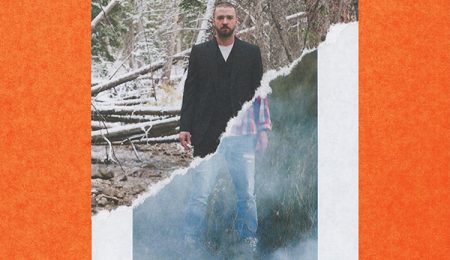Username. [@handle]. (Date posted). Title or first 20 words of the caption. [Video]. TikTok. URL
Although far from becoming a peer-reviewed source, TikTok is becoming more and more prevalent as a source of information, especially for the university-aged students who make up TikTok’s largest demographic group. In the United Kingdom, TikTok is the fastest-growing source of news for young adults, according to communications company, Ofcom.
Students are finding they learn a lot of useful information on the app. One user asked, “Can we collectively agree TikTok is a verified source of information?” A look at the comments of this video finds many users agreeing: “‘I saw it on TikTok’ or ‘I learned it on TikTok’ has become part of my regular vocabulary.” Other commenters disagreed, referring to widespread misinformation on the app.
We’re taught to question the validity and credibility of any information we engage with, both inside and outside of the classroom. So why do many students hear their classmates begin their comments with “I saw a TikTok about this,” or something similar?
Starting an informal contribution to a lecture or discussion with “I saw it on TikTok,” acknowledges where the speaker got their information, while also disclaiming the validity of it. But, there’s a difference between the source being a TikTok from a verified expert using social media to reach a wider audience and the TikTok in question reaching the user’s For You page by chance, or through the app’s search tool which “seems designed to steer users to false claims.”
One article suggests only using social media as a source when the information comes from an expert in the field. Another recommends using social media for research purposes as a glimpse into our contemporary lives.
Crucially, young adults consuming TikToks for their news don’t trust everything they see, “less than a third of young people (30 per cent) asked in the study said they actually trusted the news content they found through TikTok.”
On the other hand, the platform itself has been taking steps since 2021 to fight misinformation on the platform, including removing unsubstantiated content and flagging unverified content when users try to share it with others. Whether TikTok can do what Facebook, Instagram, and Twitter couldn’t and become a reliable news source in the public eye is still to be seen.
In the meantime, third-party experts are tasked with fighting misinformation online. That includes University of Ottawa experts working with the University’s new Information Integrity Lab. The lab “will contribute to a deeper understanding of disinformation and will seek to develop tools and measures that will serve to counter the growing phenomenon of information distortion for nefarious purposes.”
As TikTok works with fact-checkers to remove misinformation, users do have the option of turning to verified “news-based” accounts that are connected to reliable newspapers or news channels outside of social media. These accounts exist to reach young people as they turn to traditional news outlets less and less frequently.
Back in the classroom, TikTok does have the potential to be used as a source of information for students — as a starting point for something they can research further using credible, peer-reviewed sources.
In 2020, the American Psychological Association — who you might know better as APA — added reference guidelines for citing a TikTok video. The Modern Language Association followed suit in 2021. Still, consider checking with your professor’s preferences and consider your discipline before citing a TikTok in your final papers.









